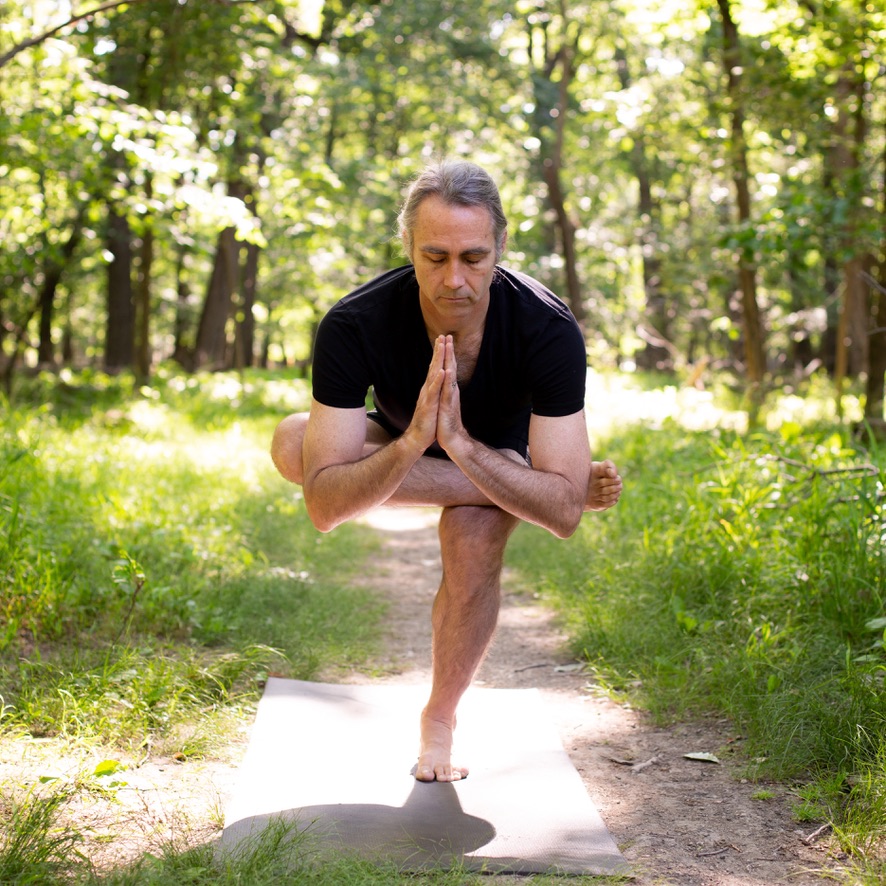A little stress is necessary. Stress is the body’s way of preparing us to tackle challenges. But stress is only healthy if it lasts a relatively short amount of time, say from the time it takes to prepare a presentation until the presentation is over, or from the moments leading up to a difficult conversation with with a loved one until the two of you are hugging it out in your favorite dress-up clothes.

If stress goes on too long, we call it chronic. Our bodies and minds get stuck in a state of arousal, which is unsurprisingly exhausting and can have a number of deleterious effects on our health and well being.
For many of us, this was a problem before the pandemic. Trying to live up to the bizarre cultural injunction to remain continuously productive and in active management of our lives from the moment we open our eyes until we go to sleep can do that to a person, and things have clearly become trickier.
Even if you can’t feel it directly, you might notice it as an increase in irritability or anxiety. Maybe you can’t fall asleep, or when you wake up in the middle of the night, you find yourself on the couch, dispatching a tub of ice cream as you binge watch adult cartoons.
I’ve been through all of this stuff, and while I’m not trying to claim I’ve got everything figured out, one of the most helpful tools on all these fronts has been the development of a daily practice of yoga nidra.
Yoga nidra (yogic sleep) and its Westernized twin, iRest meditation, are relaxation practices where you sit or lie down for anywhere from a few minutes to over an hour and allow yourself to be guided through a series of very simple awareness exercises.
The practice works by drawing your attention away from the repetitive, obsessive, and useless thinking that keeps you wound up to the felt experience of your body, breath, and awareness, which generates a profound state of ease, well being, and can become a gateway to self inquiry and meditative insight. Although the word sleep is in the name, the idea is not to actually lose consciousness but to learn how to remain attentive as you enter a state between wakefulness and sleep where your mind starts to open up.
Yoga nidra doesn’t require any special skills and can be done whenever it fits into your schedule. I do my practice when I put my two-year old down for a nap, which helps me reset and recharge for the afternoon of parenting, cooking, and anything else I need to handle before bedtime, but I’ve also used yoga nidra at night to help me fall asleep (or go back to sleep if I wake up) or at other times when I feel overwhelmed.
One of the coolest things about this practice is that if done regularly over an extended period of time, you’ll learn how access this defocused state of presence without needing a recording, so that you can spontaneously work with your attention to defuse escalating arousal states and find pockets of rest when you need them.
So without further adieu, here are a few practices I like:
The first is a 20-minute practice led by the founder of iRest, Richard Miller. He studied yoga nidra in a traditional context and then developed iRest to serve a Western audience. I like the iRest practices, and they might be particularly good for those of you who feel that the yogic trappings are too woo woo or conflict with your worldview or religious beliefs.
This next practice from Amrit Yoga is just under 40 minutes and is more traditional. I don’t know Amrit Yoga, but this practice is freaking lovely.
I’ve even recorded a couple myself.
If none of these are to your liking, keep looking. Sometimes it takes awhile to find the right length, format, teacher, etc. Fortunately there are lots of options available on platforms like YouTube and SoundCloud at a zero-dollar cost, so you can easily shop around.
If you want to learn more about yoga nidra, there are two Audible books I can recommend.
The first is iRest Meditation: Restorative Practices for Health, Resiliency, and Well-Being, by Richard Miller, which breaks down the elements of yoga nidra and offers short practices to help you focus on the parts that might be most beneficial to you.
The second audiobook is iRest: Integrative Restoration Yoga Nidra for Deep Relaxation, by Molly Birkholm. This book has a number of longer practices and dives deep into the philosophical roots of yoga nidra as well as some of the science behind it. Like Richard Miller’s book, it also breaks down the practice into its fundamental parts, but it goes further in exploring some of the therapeutic uses, including working with insomnia, stress, chronic pain, PTSD, etc. I use the practices in this audiobook frequently and like the way they are organized.
I’d like to add the disclaimer here that I have no current or former affiliation with any of these people or organizations except as a consumer. My intention is that these practices might be of service to you, and if they aren’t, I hope you found some insight, encouragement, or enjoyment from your time here today. I appreciate you spending it with me. 🙏 🕉

I teach a live virtual vinyasa flow class on Thursdays at 8 am central. You can sign up here 👉 Ahimsa Yoga Studios. I also have a growing library of recorded practices on my YouTube channel.
Want the blog by email? Enter your address below and click the blue button.
One thought on “Sleep Like a Yogi”